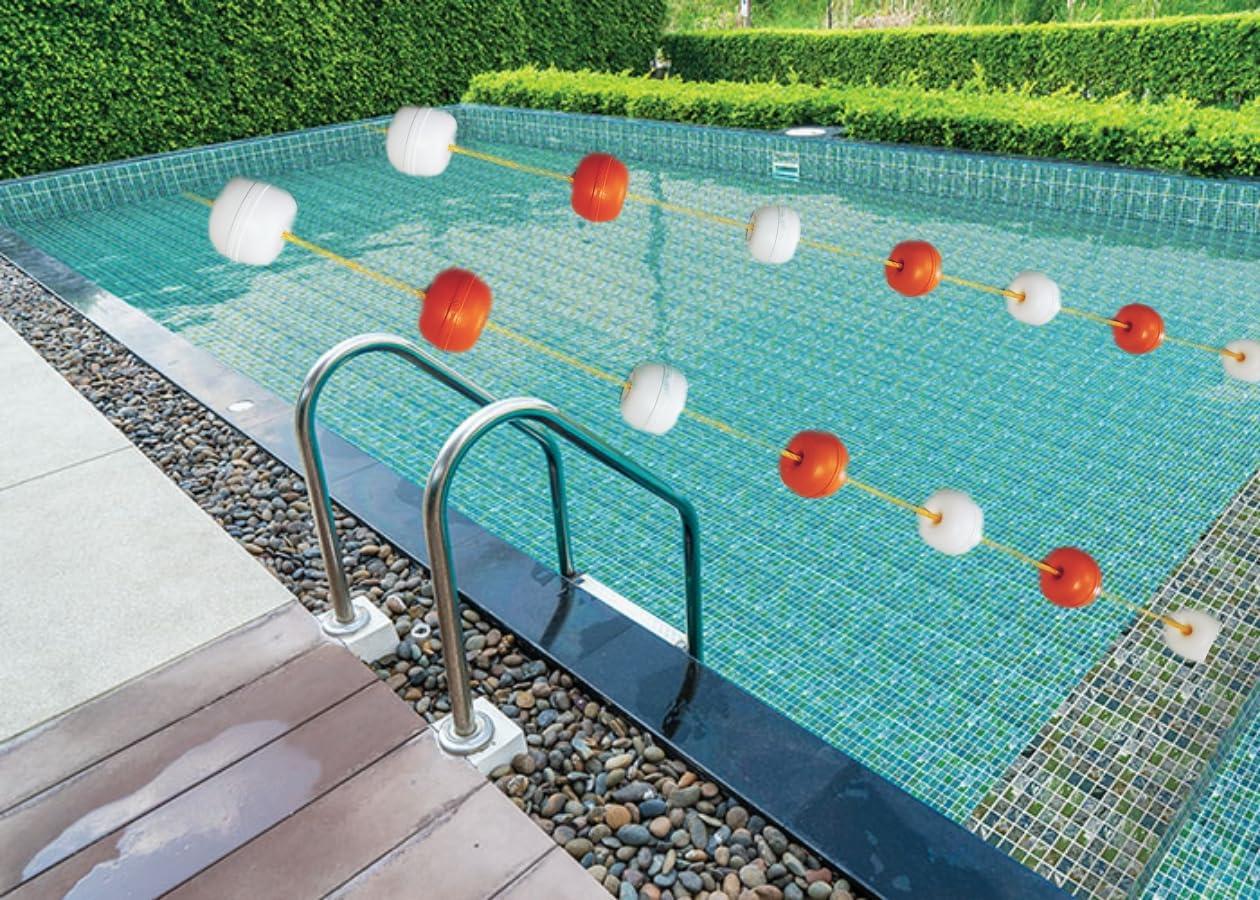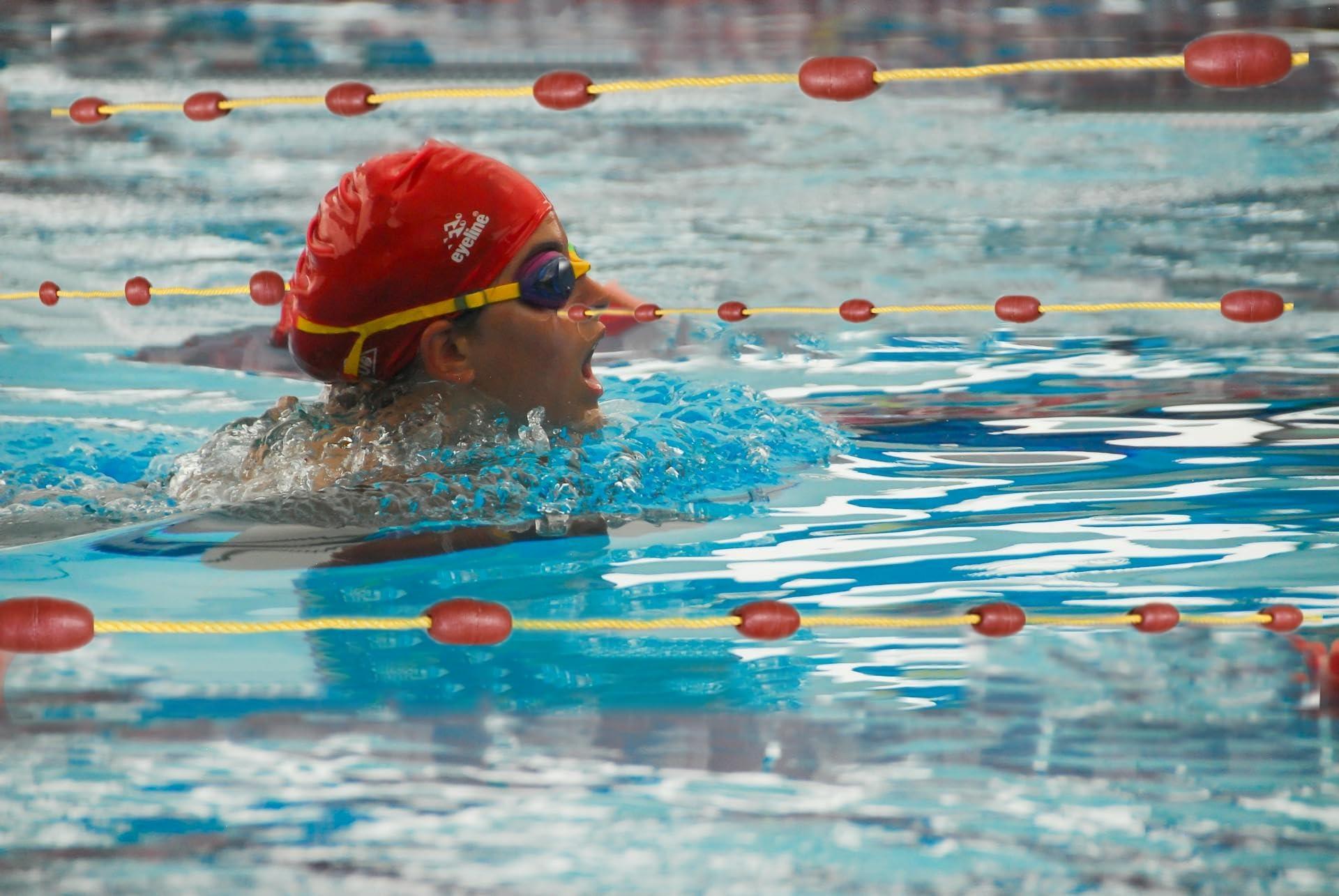A pool lane is more than just a strip of water separated by floating ropes—it is an essential part of swimming that helps with training, safety, and organization. Whether you visit a public swimming pool, a competition pool, or a fitness center, you will always see several pool lanes dividing the water surface. These lanes are not only for professional swimmers but also for beginners who want to swim peacefully without interference.
The purpose of a pool lane is to create order and structure in the water. It helps swimmers maintain their direction, avoid collisions, and practice different strokes efficiently. In competitive swimming, pool lanes play a critical role in maintaining fairness and ensuring each swimmer has equal space. Even in leisure pools, pool lanes allow swimmers to move smoothly and comfortably.
Understanding the design, materials, and benefits of pool lanes is essential for pool owners, swimmers, and designers. In this article, we will explore everything about pool lanes—from their function and construction to their role in training and competitions. We will also learn how proper pool lane management improves swimming safety and experience.
Understanding What a Pool Lane Is
A pool lane is a clearly marked section of a swimming pool that allows swimmers to swim in straight lines without disturbing others. It is usually divided by floating lane ropes made of plastic disks or buoys. These ropes are attached to both ends of the pool using hooks or anchors. The lane rope not only marks boundaries but also reduces waves caused by swimmers.
Each pool lane typically measures 2.5 meters in width in Olympic pools, but the size may vary depending on the pool type. The length is usually 25 meters or 50 meters. The floating disks on the lane ropes help break water turbulence, ensuring calm water within each lane. This makes swimming smoother and faster.
In public pools, pool lanes may be color-coded to represent different purposes. For example, one lane might be for fast swimmers, another for beginners, and another for training. This system helps organize swimmers according to their skill level.
Understanding what a pool lane is helps swimmers follow pool etiquette. When everyone uses their lane correctly, the pool remains safe and efficient. For pool owners, installing high-quality pool lanes improves user satisfaction and reduces accidents or conflicts between swimmers.
Why Pool Lanes Are Important for Swimming
Pool lanes serve many purposes that go beyond separating swimmers. They play an essential role in swimming safety, training effectiveness, and competition fairness. Without proper pool lanes, swimming would be chaotic and unsafe, especially in crowded pools.
One of the main reasons pool lanes are important is that they help control water movement. When many swimmers share the same pool, waves and ripples can make swimming difficult. Pool lanes, with their wave-breaking design, reduce this turbulence. This helps swimmers maintain balance and swim faster.
Pool lanes also ensure fair competition. In professional swimming, every athlete gets their own lane, preventing interference from others. This allows equal opportunity for all swimmers to perform at their best. Even a small disruption in water flow can affect performance, which is why lane design is crucial in tournaments.
For training, pool lanes allow swimmers to focus on technique and speed without worrying about bumping into others. Each swimmer can practice in their lane with full concentration. In schools, sports clubs, and fitness centers, pool lanes also help instructors manage multiple swimmers effectively.
In summary, pool lanes bring discipline, safety, and organization to the pool environment. They turn swimming from a casual activity into a structured and enjoyable experience.
Different Types of Pool Lanes Used Today
There are several types of Pool Lane designed for different purposes. The choice depends on the type of pool, usage, and swimmer level. The three most common types are competition lanes, training lanes, and recreational lanes.
Competition pool lanes are designed according to strict international standards set by organizations like FINA. These lanes are 2.5 meters wide and include anti-wave ropes with small rotating disks that absorb water turbulence. The colors of these lanes are often coded to indicate specific areas—for example, yellow for the middle lanes and blue or green for the outer lanes.
Training pool lanes are similar in structure but may use simpler lane ropes. These are ideal for fitness centers, schools, and clubs where swimmers practice daily. The ropes may not need to meet competition standards but still provide clear separation and smooth water flow.
Recreational pool lanes are used in public or community pools. These lanes are often adjustable or removable, allowing flexible pool usage. For example, they can be installed during certain hours for lap swimming and removed for general recreation later.
Some pools even use movable bulkheads that allow lane resizing, turning one large pool into several smaller sections. This flexibility is great for multi-purpose facilities. Choosing the right pool lane type ensures the pool meets both safety and functional needs.
Materials and Design of Pool Lane Ropes
The construction of pool lane ropes plays a vital role in their durability and performance. Most lane ropes are made from high-quality plastic materials like polyethylene or polypropylene. These materials resist water damage, UV rays, and chlorine corrosion, ensuring long-lasting performance even with daily use.
Each lane rope consists of a series of small plastic disks called floats. These disks spin when water waves hit them, which helps to absorb and dissipate energy. This design prevents waves from passing between lanes, keeping the water calm for swimmers.
The disks are threaded along a stainless-steel cable or strong nylon rope that connects them end-to-end. The ends of the rope are fitted with tensioners that keep the line tight across the pool. Some lane ropes also include colored sections for easy lane identification, especially during competitions.
Modern pool lane systems may also have quick-release hooks for easy installation and removal. This makes maintenance and pool cleaning faster. The choice of color, size, and disk spacing can vary based on pool standards and preferences.
A well-designed pool lane rope not only looks professional but also improves the swimming experience. It helps maintain equal water conditions for all swimmers and contributes to the overall efficiency of the pool’s management system.

Role of Pool Lanes in Swimming Competitions
In professional swimming competitions, the pool lane is the foundation of fair play. Every swimmer competes within their own lane, which ensures equal conditions for all participants. The lane boundaries prevent interference, helping athletes focus solely on their performance.
Each competition lane is numbered, and swimmers are assigned lanes based on qualifying times. The fastest swimmers are placed in the middle lanes, where water conditions are usually the best. This placement reduces the impact of waves and gives every swimmer a fair chance to perform.
The design of competition pool lanes follows strict FINA regulations. The lanes are 50 meters long in Olympic pools and 25 meters in short-course events. The ropes between lanes are specially built to absorb turbulence and minimize resistance. This allows swimmers to glide smoothly through the water.
Pool lanes also serve as visual guides for swimmers during races. The markings on the pool floor and the color changes at the ends of lanes help swimmers know when to turn. These small details can make a big difference in performance.
Without proper pool lanes, swimming competitions would be disorganized and unfair. Hence, maintaining high-quality lanes is essential for any pool that hosts official events or training sessions.
Maintenance and Management of Pool Lanes
Proper pool lane maintenance ensures safety, cleanliness, and long-lasting performance. Since lane ropes are exposed to water, chemicals, and sunlight, they need regular inspection and care. Neglecting maintenance can lead to breakage, loose tension, or damaged floats.
Pool staff should check lane ropes weekly for cracks or discoloration. If any disks are broken, they should be replaced immediately. Cleaning the lane ropes with mild soap and water removes chlorine residue and prevents fading. Avoiding harsh chemicals can extend their lifespan.
During off-hours or pool cleaning sessions, lanes can be removed and stored properly. Coiling the ropes carefully prevents tangling or damage. For pools that frequently switch between recreational and lap swimming, quick-release systems are highly useful.
Maintaining lane tension is equally important. If the ropes are too loose, they may drift; if too tight, they may strain the anchors. Regular adjustment keeps them stable.
Besides physical maintenance, managing lane assignments is also key. Setting clear rules for different lanes—like “fast lane,” “slow lane,” or “beginners lane”—helps maintain order in public pools. Good management ensures all swimmers have a pleasant and safe experience.
With proper care, a good quality pool lane system can last many years while maintaining its professional look and performance.
Conclusion
A pool lane is a vital feature that brings organization, safety, and fairness to any swimming pool. From recreational swimming to professional competitions, pool lanes help create structure in the water. They prevent accidents, guide swimmers, and enhance training efficiency.
Understanding pool lane types, materials, and maintenance can help pool owners and swimmers alike make better use of their facilities. A well-designed and well-managed pool lane system not only improves swimmer satisfaction but also ensures the pool operates smoothly every day.
Whether you are a professional athlete or just enjoy a casual swim, pool lanes make the experience more enjoyable and disciplined. They represent the fine balance between design, function, and safety in modern swimming environments.
Frequently Asked Questions (FAQs)
Q1. What is a pool lane used for?
A pool lane is used to separate swimmers, ensuring each person has their own space for swimming safely and efficiently. It helps reduce water waves and maintain order in the pool.
Q2. How wide is a standard pool lane?
In competition pools, each lane is typically 2.5 meters wide. However, this can vary depending on the type and purpose of the pool.

